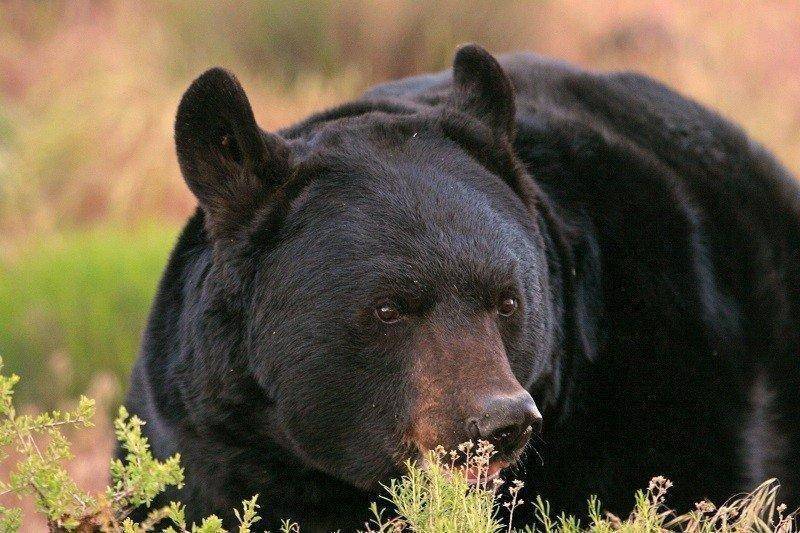DWR Press Release
Salt Lake City — A new black bear strategy, started in Utah in 2015, did exactly what wildlife managers hoped it would: it led to government agencies taking fewer bears and hunters taking more.
After a Jan. 5 meeting in Salt Lake City, biologists with the Division of Wildlife Resources are hoping for a repeat in 2016. At the meeting, members of the Utah Wildlife Board approved a similar bear hunting strategy for the new year.
All of the rules the board approved for 2016 will be available in the 2016 Utah Black Bear Guidebook. The free guidebook should be available at www.wildlife.utah.gov/guidebooks by late January.
Fewer problems
In 2014, a total of 378 bears were taken by hunters and government agencies in Utah. In 2015, DWR biologists suggested some new hunting strategies. Even though the changes put more hunters in the field, the overall number of bears taken declined. In 2015, a total of 370 bears were taken by hunters and government agencies.
Something else changed too: the number of bears taken by hunters increased while the number of bears government agencies had to take—because the bears posed a threat to people or killed livestock—declined.
In 2014, the DWR and USDA-Wildlife Services had to take 95 bears for public safety and livestock reasons. In 2015, that number fell to 45 bears. By comparison, the number of bears taken by hunters in 2014 was 283. In 2015, that number rose to 325.
Leslie McFarlane, mammals coordinator for the DWR, says the strategies implemented in 2015 gave more hunters an opportunity to hunt while helping reduce the number of bears that had to be killed because they threatened people or killed livestock. “And it accomplished that goal while keeping Utah’s black bear population at a healthy, balanced level,” she says.
Black bear strategy
The strategy board members approved in 2015—and approved again, for 2016—splits Utah’s bear hunt into six seasons. The seasons are held at various times in the spring, summer and fall.
Each of the six seasons is unique. For example, during some seasons, hunters are allowed to hunt bears with trained hunting dogs that track and tree bears. During other hunts, hounds are not allowed. Instead, hunters must spot the bears and then try to move closer for a good shot.
McFarlane says success rates vary, depending on the time of year and the methods hunters are allowed to use. During some hunts, success rates are fairly high. During other hunts, rates are low.
“Because some of the success rates are fairly low,” she says, “we’ve been able to provide more chances to hunt without increasing the overall number of bears taken.”
McFarlane says the area where the changes made the biggest difference is the number of bears that have to be taken because they pose a threat to people or they’ve killed livestock. “That number has declined substantially,” she says. “We’re happy about that.”
McFarlane says Utah’s black bear population is healthy and growing. Based on visits biologists make to bear dens in the winter, and data gathered from bears taken by hunters, the DWR estimates the state’s bear population is growing at least 5 percent annually.
In 2015, a total of 690 hunting permits were available. For 2016, the Wildlife Board approved 712 permits. “There were still some areas in Utah where bears got into trouble last year,” she says. “The increases the board approved should help reduce problems in those areas this year.”

